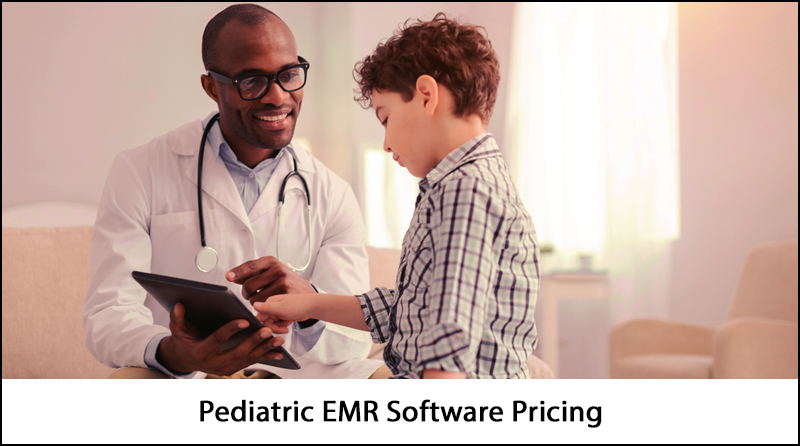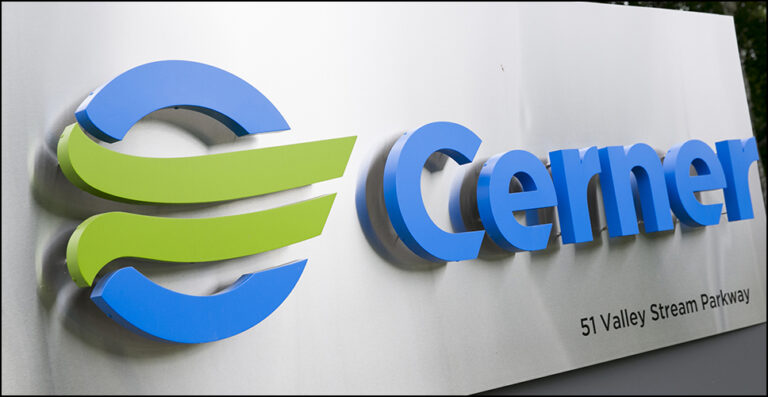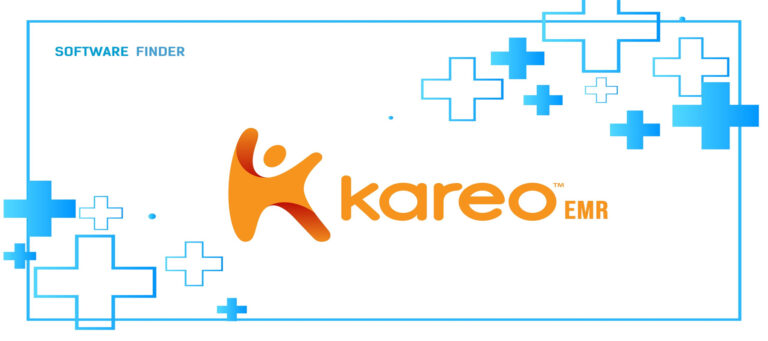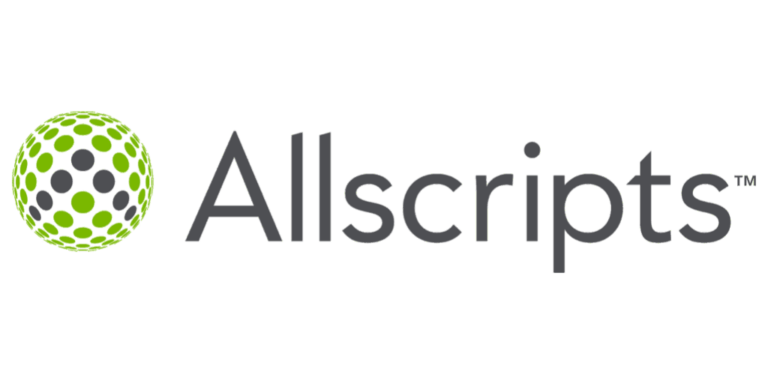EMR Software for Pediatrics
Pediatric practices require EMR systems tailored to their unique terminology, workflows, and patient needs. Modern pediatric EMR software often includes features such as growth charts, immunization tracking, and age-specific developmental assessments.
Types of EMR Software:
Cloud-Based EMR Software:
- Initial costs have decreased, with setup fees ranging from $500 to $2,000
- Monthly subscription fees typically range from $200 to $700 per provider
- Includes regular updates and maintenance
- Requires stable internet connection for access
On-Premise EMR Software:
- License fees range from $2,000 to $10,000 per provider
- Additional costs for hardware, implementation, and ongoing maintenance
- Total cost for a medium-sized practice can reach $75,000 or more
- Provides more control over data but requires in-house IT support

EMR Software Pricing for Pediatric Practices:
Cloud-Based EMR Software:
Initial Costs:
- Setup fees: $500 – $3,000
- Data migration: $1,000 – $5,000 (depending on the amount and complexity of data)
Ongoing Costs:
- Per provider monthly fee: $200 – $700
- Per encounter fee: Some vendors charge $0.50 – $1.50 per patient encounter instead of or in addition to monthly fees
- Additional users (non-provider staff): $50 – $200 per user per month
Optional Add-ons:
- Patient portal: $25 – $150 per month
- E-prescribing: $20 – $75 per provider per month
- Telehealth integration: $50 – $250 per provider per month
On-Premise EMR Software:
Initial Costs:
- License fees: $2,000 – $15,000 per provider
- Server hardware: $5,000 – $20,000
- Workstations: $1,000 – $2,500 per station
- Implementation and training: $5,000 – $20,000 for the practice
Ongoing Costs:
- Annual maintenance and support: 15% – 25% of the initial license cost
- Hardware upgrades and replacements: Budget for refresh every 3-5 years
- In-house IT support: $60,000 – $100,000 annual salary for a full-time IT professional
Pediatric-Specific Features:
Some pediatric-specific features may come at an additional cost:
- Custom growth charts: $500 – $2,000 one-time fee
- Vaccine inventory management: $100 – $300 per month
- Developmental screening tools: $50 – $200 per month
Practice Size Considerations:
- Small practices (1-3 providers): May benefit from cloud-based systems with lower upfront costs
- Medium practices (4-10 providers): Could consider either cloud-based or on-premise solutions depending on IT resources
- Large practices (11+ providers): May find on-premise solutions more cost-effective in the long run
Hidden Costs to Consider:
- Training time: Factor in lost productivity during the initial learning period
- Customization: $150 – $250 per hour for tailoring the system to your specific workflows
- Interface development: $5,000 – $15,000 per interface for connecting with labs, hospitals, or other systems
- Data backup and security measures: $1,000 – $5,000 annually
Cost-Saving Strategies:
- Multi-year contracts: Can often secure discounts of 10% – 20%
- Bundled services: Some vendors offer discounts for combining EMR with practice management or billing services
- Group purchasing: Joining a group purchasing organization can lead to savings of 5% – 15%
Return on Investment (ROI):
While EMR systems represent a significant investment, practices often see ROI through:
- Improved billing accuracy, potentially increasing collections by 3% – 5%
- Reduced transcription costs: $8,000 – $15,000 per provider annually
- Enhanced efficiency, allowing for 1-3 additional patient visits per day per provider
Top EMR Software Providers for Pediatrics:
- Epic
- Athenahealth
- Kareo
- AdvancedMD
- Office Practicum (pediatric-specific)
Factors Affecting EMR Software Costs:
- Implementation: $100 to $200 per hour for setup and training
- Hardware: $10,000 to $30,000 for servers, workstations, and mobile devices
- Support and Maintenance: Annual contracts for updates and technical support
When choosing an EMR system for your pediatric practice, consider factors such as ease of use, pediatric-specific features, interoperability with other systems, and compliance with current healthcare regulations.
It’s important to note that pricing can vary significantly based on practice size, chosen features, and negotiated contracts. Always request detailed quotes from multiple vendors to find the best solution for your practice. Be sure to inquire about any current promotions or government incentives that might offset some of these costs.
For the most current information on EMR software and potential government incentives, visit the Office of the National Coordinator for Health Information Technology (ONC) website.
This comprehensive guide should provide pediatric practices with a solid understanding of EMR software options, benefits, and associated costs.
Remember that while the initial investment may seem substantial, the long-term benefits in efficiency, patient care, and revenue management can make EMR systems a valuable asset for modern pediatric practices.







Leave a Reply